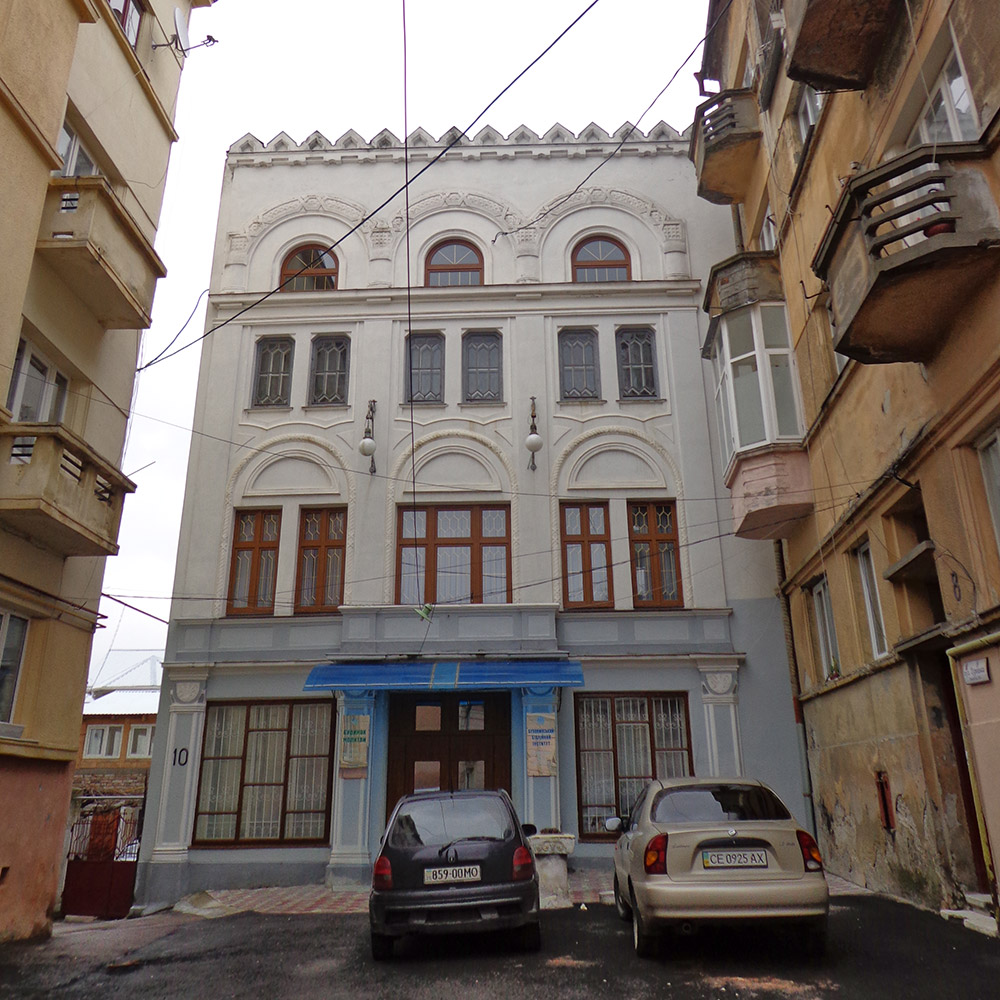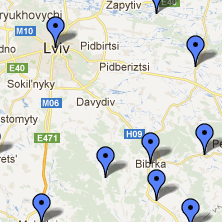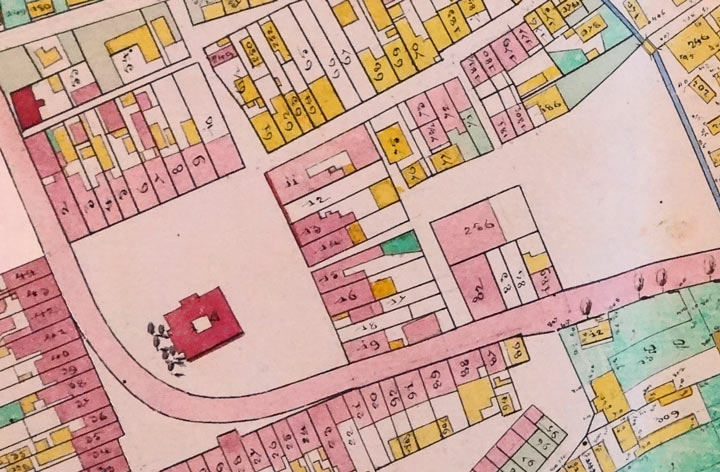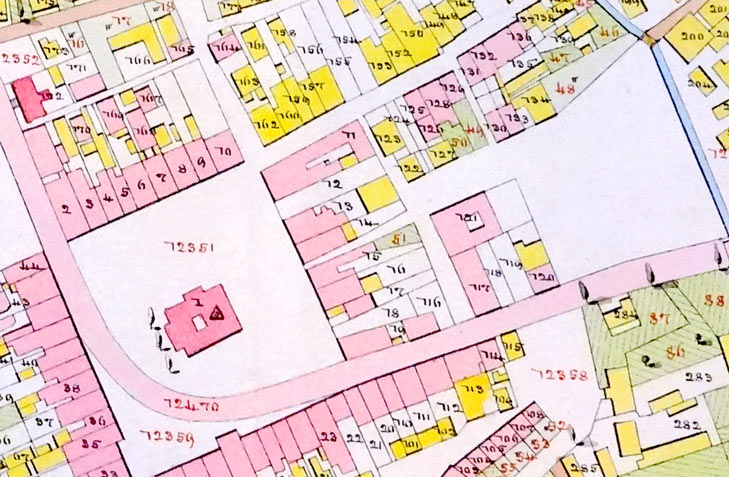געשניטן מיט אַ שטריק
געמישט מיט אַ דריק
געגעסן ווי אַ ביק
און געבענטשן ווי אַ פֿלי
Baruch from Chernivtsi on Mamaliga

Chernivtsy, Jewish Workshop on Barbyusa St.
When you say “shtetl” you probably think of a small town in Galicia: crooked houses, black bekishes, creaking doors and mud everywhere. So, if it just so happens that you are going to Galicia (which BTW has not changed so much in many places) in search of these sights, you should definitely visit… Chernivtsi in Bukovina. We grew up in Galicia and we’ve seen it all, but we think you should go as just maybe there really is something unique about this city.
Right, Chernivtsi (Chernovtsy, Czerniowce, Czernowitz) was and is larger than the average shtetl, but still a few times smaller than Lviv or Krakow. And at the same time there is so much more to see there than in those cities. Here there are 10 (yes, ten!) synagogues, 5 charity houses, 2 schools, 1 theatre, 1 mikveh… and everything still standing, much more tangible than in any Galician town (like Berezhany, we visited a few weeks ago). If you are curious, in Lviv there are just 2.5 synagogues and in Krakow — 7.

Chernivtsy, Jüdische Toynbee-Halle
In one of the synagogues we met Baruch. In one hour, he told us his whole life story… how his mother cut mamaliga with a thread, how he was carried on a carriage full of corpses because he was too tired to walk, how he smuggled gold in the Soviet period. His Yiddish was very fluent and natural, just as a mother tongue should be.
So, if you are going to Chernivtsi… plan your trip according to our map.

 . These maps are very comprehensive and amazing but it’s still possible that your town won’t be listed on them. Perhaps the name of the town is not what you think, perhaps it has been adpated…
. These maps are very comprehensive and amazing but it’s still possible that your town won’t be listed on them. Perhaps the name of the town is not what you think, perhaps it has been adpated…
